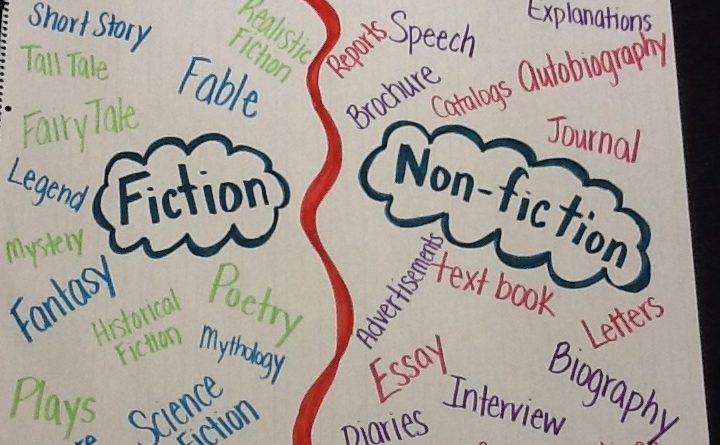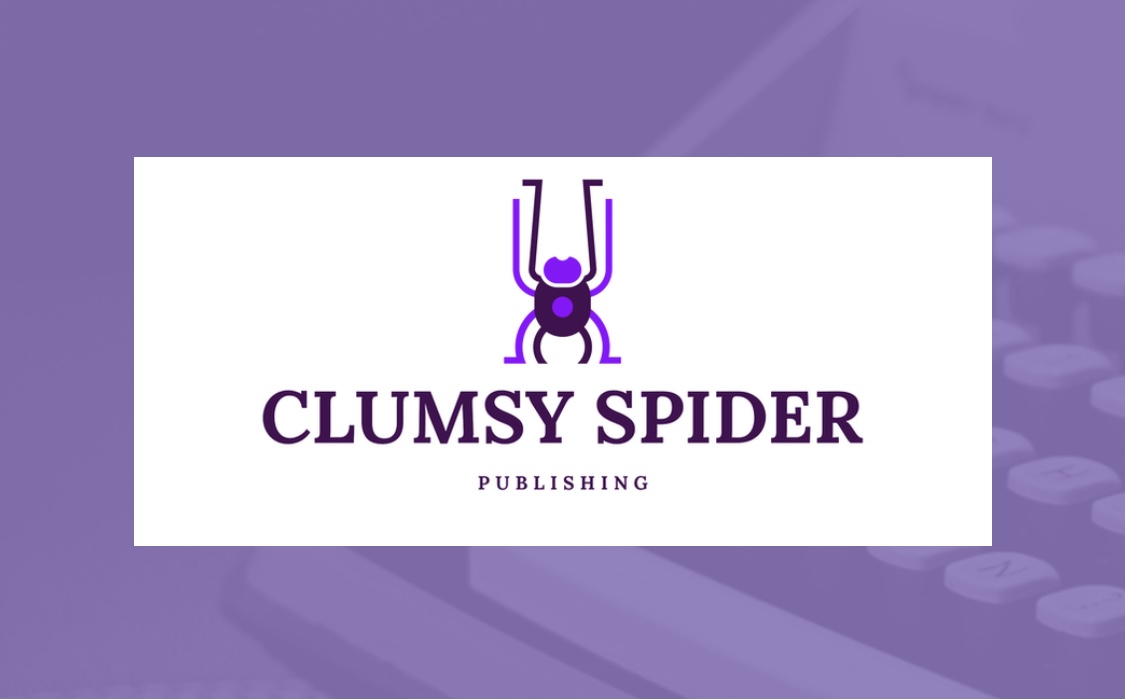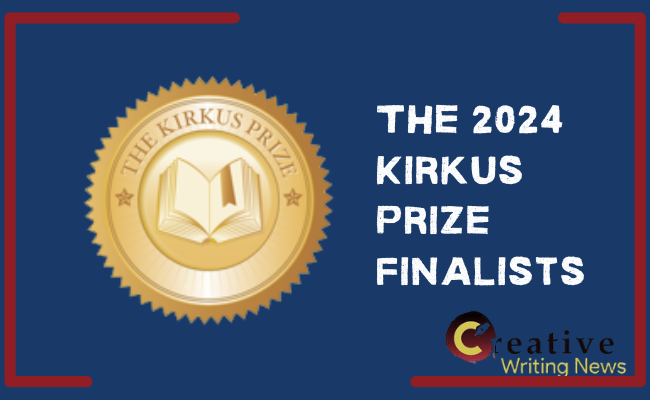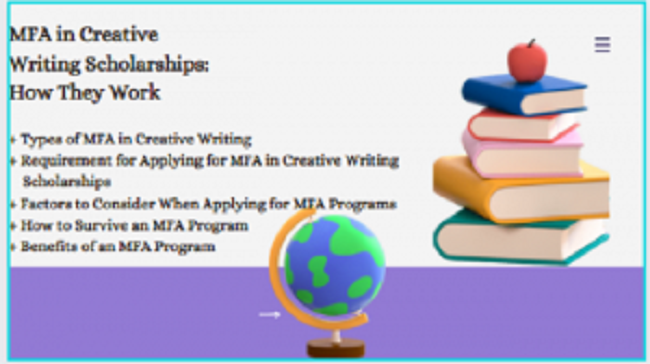FICTION VS. NON-FICTION PT.1 by Charles Opara
As a literary art form, is there any difference between Fiction and Non-Fiction? Should they be written in separate ways? These days it is hard to tell fiction from non-fiction. It is mainly because fiction is drawn from our real-life experiences. When we write fiction, sometimes what we do is graft a fictional story into real-life things, like settings and characters we know etc. Except the writers themselves tell us, sometimes, we never really know.
Here’s what writer Charles Haverty had to say when Will Allison asked him if any aspects of Storm Windows, his 2016 Pen. O. Henry Prize-nominated short story, was autobiographical.
Q&A by Will Allison
WA: Are any aspects of the story autobiographical?
CH: Sure, but only in the most opportunistic and improvisatory way. That is, the story is creative writing, not crypto-autobiography. For instance, the line, “This can’t be the music I die to,” came to me in a moment of hypochondria, with Shirley Bassey singing “Goldfinger” in the background. At first, I thought the line belonged to Lionel but soon realized that it had to be spoken by the father. The story needed him to say it. Infact—and I’m almost embarrassed to admit this—the entire first act was constructed so that the father could deliver that line. So is that autobiographical? I’m afraid I sound disingenuous, self-important, and defensive here, but the sad fact is, my life doesn’t make good copy. Like Lionel, I moved from Long Island to Illinois when I was a kid, grew up in a big old brick house, attended Catholic schools, practiced law, and so on.And though Lionel and I inevitably share some of the same concerns or whatnot, I create an alternative universe in which to dramatize them. That’s the job. Otherwise, I’d bore the pants off the reader (and myself). So, to answer your simple question: while the story’s scenery and props are largely lifted from life, its characters and their actions and interactions aren’t, not really.
But the question is, are there observable differences between the two? Are they two distinct literary forms? Should they be written differently? We will try to answer these questions and see if there is any other difference between them beyond the fact that one is true (fact) and the other is untrue (fiction).
Very often, fiction and non-fiction are lumped together under the umbrella called short story. They may even compete against each other in writing contests, but there are, sometimes, notable differences between the two. Depending on what the writer of a non-fiction story is aiming for, his story could be written just the way fiction is written.
Often, such works are termed creative non-fiction. Other than this, there are notable differences.
For me, the difference between the two is this:
Good fiction, and I stress, should contain the Elements of Fiction while non-fiction doesn’t have to.
What are the Elements of Fiction?
1. Plot
2. Setting
3. Character
4. Theme
5. Conflict
6. (Writing) Style
If I were asked to turn a piece of non-fiction into creative non-fiction, I would tell it in scenes, that means showing. I could choose to describe physical things in detail. Non-fiction can feel like a summary, a reported event, but Fiction ought to feel like an experience, where some parts are played out to create what feels like a first-hand account of events. In fiction, things like setting and the appearance of characters are described in detail. The POV, voice and the dialogue scenes deepen our understanding of characters and make us feel we know them.
We can’t talk about the difference in the manner non-fiction and fiction stories are written, sometimes, without revisiting the old notion: Showing vs. Telling. I assume you already understand this notion so I will discuss what they do. Showing allows you to draw your own conclusions; telling draws them for you, Relating this to Fiction and Non-fiction, Fiction is like a string of beads (or pearls). The string is the plot and the beads are the fleshed out parts of the plot, the scenes. And scenes require showing to be scenes.
About Charles Opara
Charles Opara is a speculative fiction novelist currently finishing his first novel. His short stories cover a much wider range of topics, some humorous. He is a programmer based in Port Harcourt, Nigeria, and a member of the Association of Nigerian Authors, who remains captivated by the logic involved in writing stories and programs.
Photo Credit: www.starlight-news.co.uk





